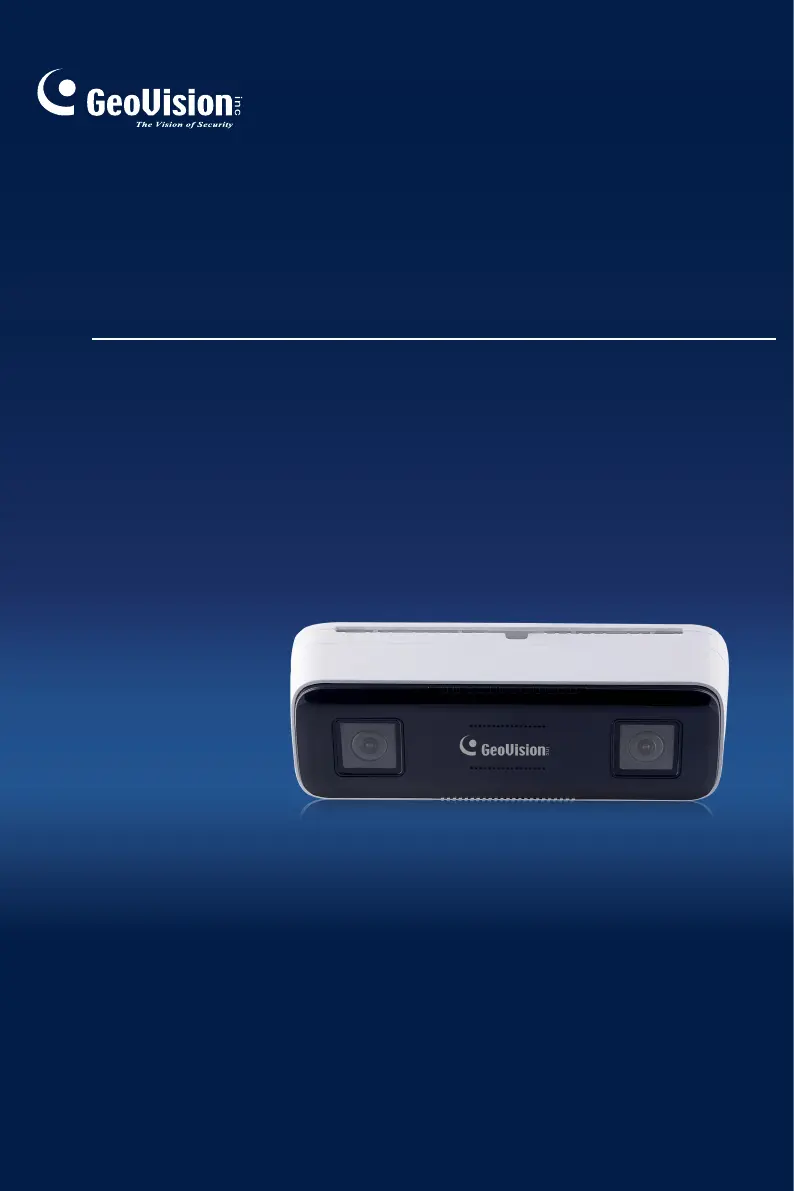GeoVision GV-3D People Counter V3 Käyttöohje
GeoVision
Turvakamera
GV-3D People Counter V3
Lue alta 📖 käyttöohje suomeksi merkille GeoVision GV-3D People Counter V3 (64 sivua) kategoriassa Turvakamera. Tämä opas oli hyödyllinen 31 henkilölle ja sai 4.4 tähden keskimäärin 16 käyttäjältä
Sivu 1/64

Before attempting to connect or operate this product,
please read these instructions carefully and save this manual for future use.
User’s Manual
GV-3D People Counter V3
3DPCV2-A
Tuotetiedot
| Merkki: | GeoVision |
| Kategoria: | Turvakamera |
| Malli: | GV-3D People Counter V3 |
Tarvitsetko apua?
Jos tarvitset apua merkille GeoVision GV-3D People Counter V3 esitä kysymys alla ja muut käyttäjät vastaavat sinulle
Turvakamera GeoVision Käyttöohjeet

11 Helmikuuta 2025

11 Helmikuuta 2025
Turvakamera Käyttöohjeet
- Turvakamera Moen
- Turvakamera Tecno
- Turvakamera InfiRay
- Turvakamera Hikvision
- Turvakamera Burg-Wachter
- Turvakamera Swann
- Turvakamera Iluv
- Turvakamera BirdDog
- Turvakamera British Telecom
- Turvakamera Arecont Vision
- Turvakamera Bosch
- Turvakamera Konyks
- Turvakamera Reolink
- Turvakamera Lorex
- Turvakamera IDIS
Viimeisimmät Turvakamera Käyttöohjeet

2 Huhtikuuta 2025

30 Maaliskuuta 2025

30 Maaliskuuta 2025

30 Maaliskuuta 2025

30 Maaliskuuta 2025

29 Maaliskuuta 2025

29 Maaliskuuta 2025

27 Maaliskuuta 2025

27 Maaliskuuta 2025

27 Maaliskuuta 2025